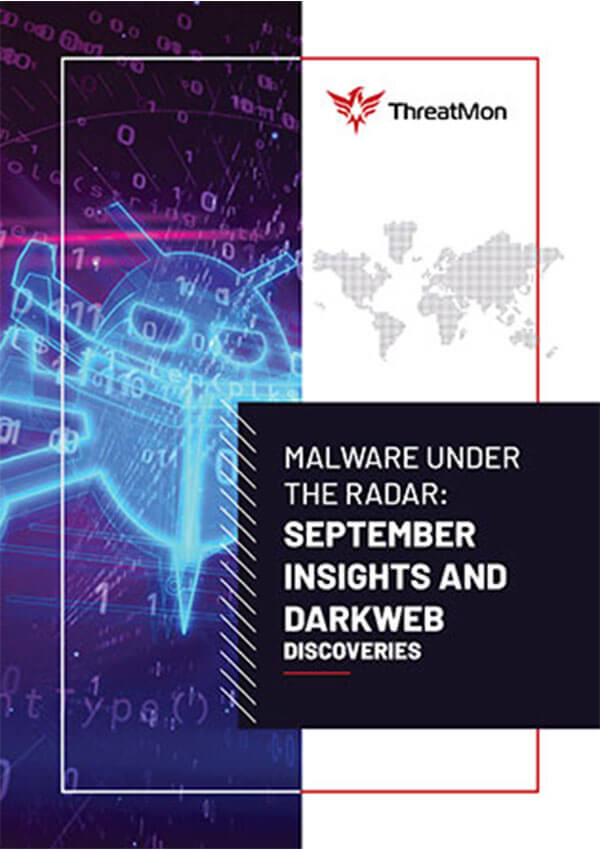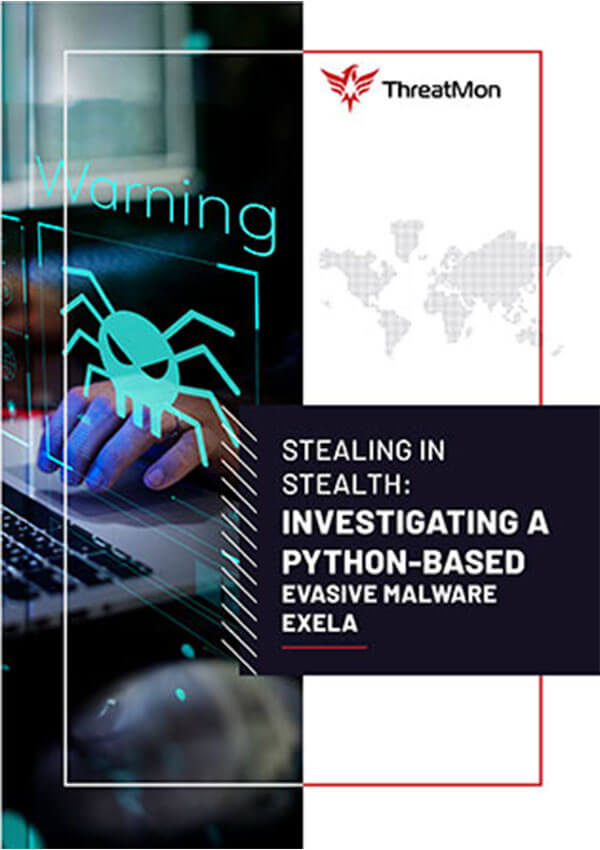Serpent Stealer Unmasked: Threat Analysis and Countermeasures

In the ever-evolving landscape of cyber threats, the emergence of new and sophisticated malware presents an ongoing challenge to cybersecurity professionals. The ThreatMon Malware Research Team is committed to staying ahead of the curve and ensuring that the cybersecurity community is well-informed about the latest threats.
Riddle Unveiled: New Evasive Stealer Malware from the Underground

In the ever-evolving landscape of cybersecurity threats, the discovery of a new malware strain, codenamed “Riddle,” marks a concerning development.
Threat Actor Allegedly Selling Canadian Manufacturing Company Login Details
X-ZIGZAG RAT

Blog Unraveling the Tactics of a Sophisticated RAM-Based Threat Cyber threats continue to evolve, and one of the most recent and sophisticated examples is the X-ZIGZAG RAT. Detected by ThreatMon in 2024, this malware targets Windows systems using advanced techniques to evade detection, such as operating entirely in RAM and employing complex sandbox and virtual […]
Malware Under the Radar: September Insights and Darkweb Discoveries

In an era marked by the continuous evolution of the digital landscape, the relentless surge of cyber threats and malicious software underscores the critical importance of proactive threat intelligence. As custodians of digital security, Threatmon presents “Unveiling Malware in the Shadows: Insights from September and the Darkweb.”
CyberVolk Warns of Attacking Government Agencies
Navigating the Digital Frontier: Cyber Threats in the Israeli-Palestinian War

In this report, we provide data on over 200,000 attack vectors detected by the ThreatMon Advanced Intelligence Platform during the Cyber War in Israel and Palestine between 5th October and 13 October 2023. This information is from the Threat Feed feature within the ThreatMon Advanced Intelligence Platform.
The Importance Of Attack Surface Management For Industries: Education

In today’s rapidly evolving technological world, the education sector must adapt to provide modern and efficient learning experiences. However, this progress also sends invitations to new and complex cybersecurity threats. Educational institutions are responsible for handling sensitive data, including student records, financial information, and research data, making them attractive targets for cyberattacks.
The Konni APT Chronicle: Tracing Their Intelligence-Driven Attack Chain

In the ever-evolving landscape of cybersecurity, the persistent and sophisticated activities of Advanced Persistent Threat (APT) groups continue to pose significant challenges to organizations worldwide.
Stealing in Stealth: Investigating a Python-based Evasive Malware Exela

In an ever-evolving digital landscape, the persistence and adaptability of malicious actors continue to pose significant threats to cybersecurity. One such formidable adversary in the realm of cybercrime is the Exela Stealer, a sophisticated and elusive Python-based malware.